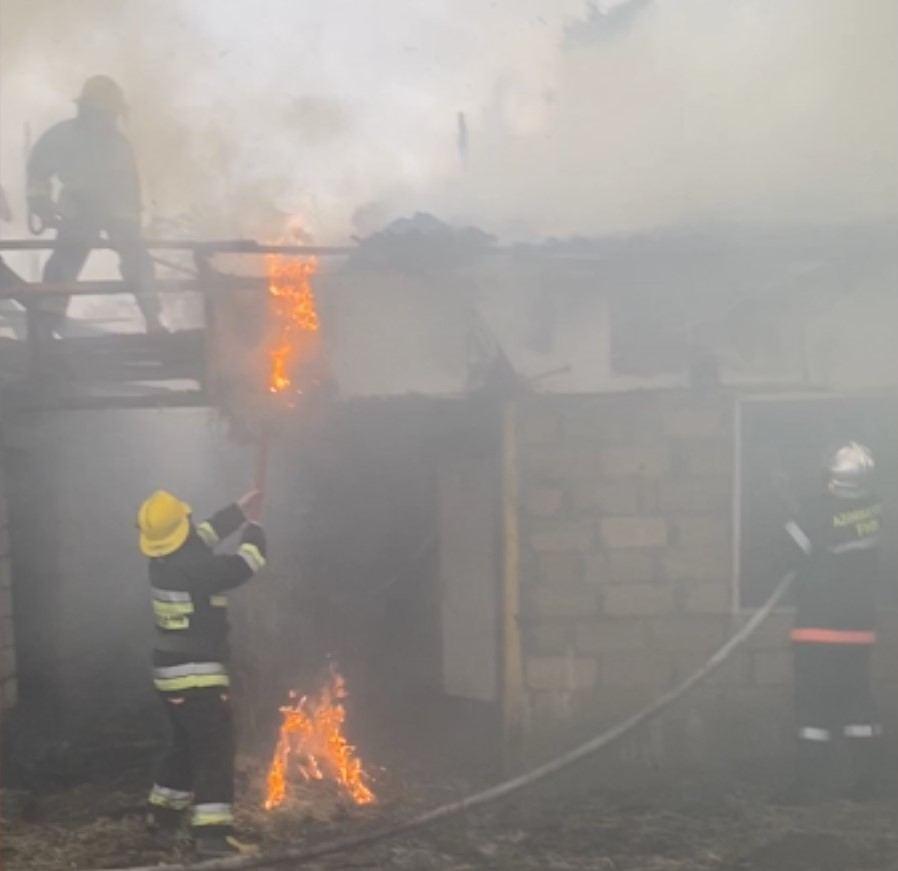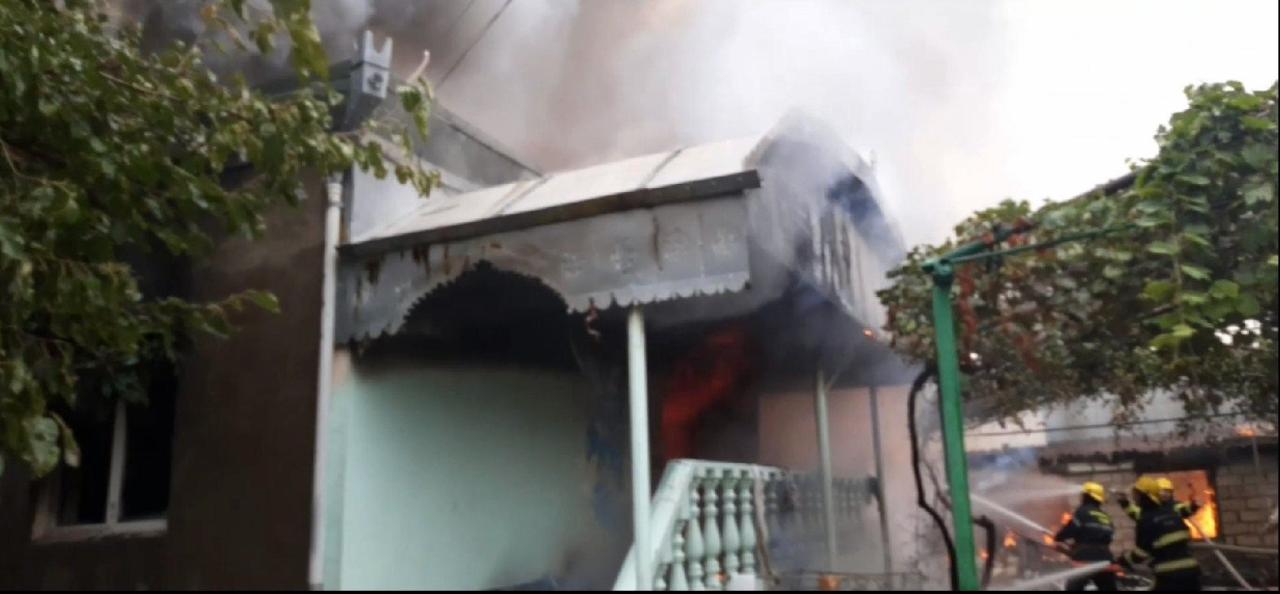Shellings by Armenian Armed Forces cause fires and destructions in Azerbaijani civilian infrastructure [PHOTO]
![Shellings by Armenian Armed Forces cause fires and destructions in Azerbaijani civilian infrastructure [PHOTO]](https://www.azernews.az/media/2020/10/08/k7ku5y5.jpg)
By Trend
The Armenian armed forces continue causing destructions and fires in civilian infrastructure, hitting Azerbaijani dense residential territories, civilian facilities, including private and apartment buildings, and households using heavy artillery installations and rockets, the Azerbaijani Ministry of Emergency Situations (MES) told Trend.
The Armenian armed forces’ shells ruined the private house of a citizen in Aghdam district. A corpse was removed by the rescuers of the Karabakh Regional Centre of the Ministry of Emergency Situations involved in the spot.
The shell strike on Fuzuli district damaged the fire truck of the MES State Fire Protection Service. Nobody was injured.
Another shell strike damaged the administrative building of the Khojali district Fire Protection Detachment of the MES State Fire Protection Service, situated in Goranboy district, and an automobile nearby. Nobody was injured.
The Ministry of Emergency Situations operates in an enhanced mode at the moment. It is necessary to immediately call the “112” hotline of the Ministry in case of any emergency.
Armenian Armed Forces launched a large-scale military attack on
positions of the Azerbaijani army on the front line, using
large-caliber weapons, mortars, and artillery on Sept. 27.
Azerbaijan responded with a counter-offensive along the entire
front. As a result of retaliation, Azerbaijani troops liberated a
number of territories previously occupied by Armenia, as well as
take important, strategic heights under control.
The fighting continued into October 2020, in the early days of
which Armenia launched missile attacks on Azerbaijani cities of
Ganja, Mingachevir, Khizi as well as Absheron district.
On October 6th, at about 9 pm (GMT+4), Armenian Armed Forces
launched missiles at the Azerbaijani Baku-Tbilisi-Ceyhan oil
pipeline, the largest strategic project in the region, which plays
an important role in Europe's energy security. Azerbaijani army was
able to disable the missiles in the air, so no damage was done to
the pipeline.
The conflict between the two South Caucasus countries began in 1988
when Armenia made territorial claims against Azerbaijan. As a
result of the ensuing war, Armenian armed forces occupied 20
percent of Azerbaijan, including the Nagorno-Karabakh region and
seven surrounding districts.
The 1994 ceasefire agreement was followed by peace negotiations.
Armenia has not yet implemented four UN Security Council
resolutions on the withdrawal of its armed forces from Nagorno
Karabakh and the surrounding districts.
Here we are to serve you with news right now. It does not cost much, but worth your attention.
Choose to support open, independent, quality journalism and subscribe on a monthly basis.
By subscribing to our online newspaper, you can have full digital access to all news, analysis, and much more.
You can also follow AzerNEWS on Twitter @AzerNewsAz or Facebook @AzerNewsNewspaper
Thank you!


